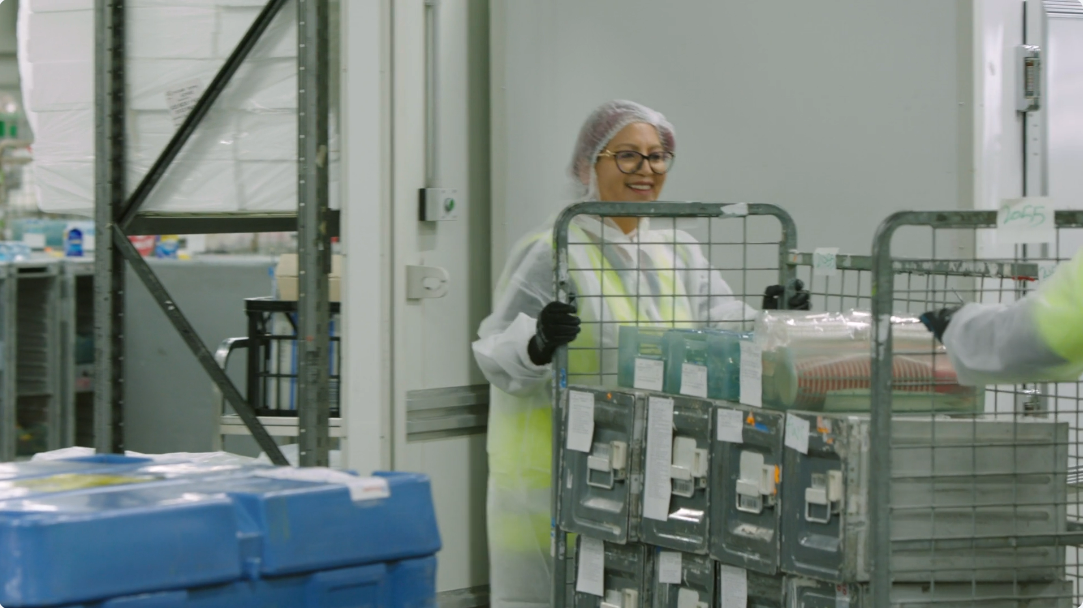In our last education piece we looked at the fact that ‘Not All Assessments Are Created Equal’ when the purpose of assessment is to predict future performance and your candidates BestFit for the role.
Let’s take a closer look at BestFit and how it relates to our personality assessment tool Helix.
What Do We Mean By BestFit?
If you are seeking to hire candidates who are the BestFit for your role and organisation here is what you need to consider.
Employee Behaviours, Environment and Performance

Behaviour
Defined by competencies, successful performance and achievement are an outcome of the behaviours demonstrated by your employees. By using competencies we define behavioural anchors that are both observable and measurable providing a point of reference for employees and managers to guide development, evaluate importance, and critically to select individuals based on their competency potential.
Person
An individual’s potential for demonstrating the key competencies required in a role is defined by their personal motives, values and preferred styles of working (as they most often relate to personality traits). In the process of selecting people or assisting people to fulfil their competency potential we assess the factors that are likely to support or hinder their performance in a given competency domain. Where the Person is well aligned to the desired behaviour or demonstrated this in the past the potential for successful performance naturally increases.
Environment
A Person’s potential for success and demonstrating their greatest potential is finally shaped by our environment. An environment that does not reward and encourage someone to express their preferred ways of working, or asks them to compromise their motivations and values greatly reduces the likelihood the competency potential will be reached and successful behaviours observed. Within organisations conducive environments are created through consistent and cultivated systems, processes, mind-sets and guiding principles that create a common way of working and relating with each other.
Chandler Macleod’s Helix Assessment of Personality and BestFit
Helix measures a person’s BestFit for a role. That is, a person’s motivation, attitudes, preferences and mindsets required to successfully perform the role.
Helix has 206 questions measuring 36 traits and takes approximately 20 minutes to complete. The tool is reliable and predicts someone’s skill or competency as later rated by their supervisor or colleague. Participants respond to statements asking their behaviours, emotions, and preferences (e.g., “I am usually full of new ideas”, and “I enjoy tasks more when I am part of a team”) on a scale from Strongly Disagree to Strongly Agree).
The assessment comprises 5 higher order factors underpinned by 36 dimensions that assess pro- and anti-social or productive and unproductive work behaviours. The 5 factors and associated 36 dimensions are detailed in the graphic below.

Helix Integrity Index
In addition to its 5 core factors and 36 dimensions, Helix contains an Integrity Index. The Integrity Index predicts the likelihood of a candidate engaging in counterproductive work behaviours (e.g. absenteeism, dishonesty, misuse of resources, and intentional rudeness) compared to others.
For example, in our research we found that 14% of people who scores low on the Integrity Index reported having blamed someone at work for an error they made, compared to only 1.40% of those people who did not have a low score on the Integrity Index.
As another example, 24% of people who scored low on the Integrity Index reported having stolen something from their employer. This compared to only 9% of people who did not score low on the Integrity Index.
While other providers offer separate integrity assessments, Helix takes an assessment internal approach to measuring integrity – that is, no extra questions are required to measure integrity, consequently, keeping the number of items applicants need to complete as small as possible.
So why Helix?
It compares favourably to other personality assessments in several ways:
- As discussed, earlier research shows that Helix is a better predictor of job performance than other tools in the Australian market
- Helix clearly indicates whether a candidate is ‘faking’. Helix contains three indicators of invalid response tendencies. Like the OPQ, it contains an indicator of inconsistent responding. However, it also contains indicators of acquiescence (whether a candidate is agreeing to all items), and socially desirable responding (whether a candidate is potentially “faking” their responses in order to appear better). With the use of these three indicators, it is possible to be more certain of the interpretation of a candidate’s personality results. In contrast, the OPQ only contains an inconsistency measure which indicates whether a candidate has responded in a consistent way throughout the assessment.
- Helix contains more (36 vs. 32 in the OPQ) and a broader range of traits than many other assessments. For instance, Helix measures maladaptive, or “dark” traits, such as manipulativeness and impulsivity, as well as traits not captured by other personality assessments, such as “Focus”, which contains elements of effortful and attentional control. These traits enable a more fine-grained analysis of a candidate’s potential across a variety of competencies (e.g., resilience), with a greater ability to identify traits of specific relevance to unique roles.
If you are looking for an effective measure of personality that can help you predict your employees future performance reach out to understand more on 1300 664 305 or at cmpienquiries@chandlermacleod.com.













